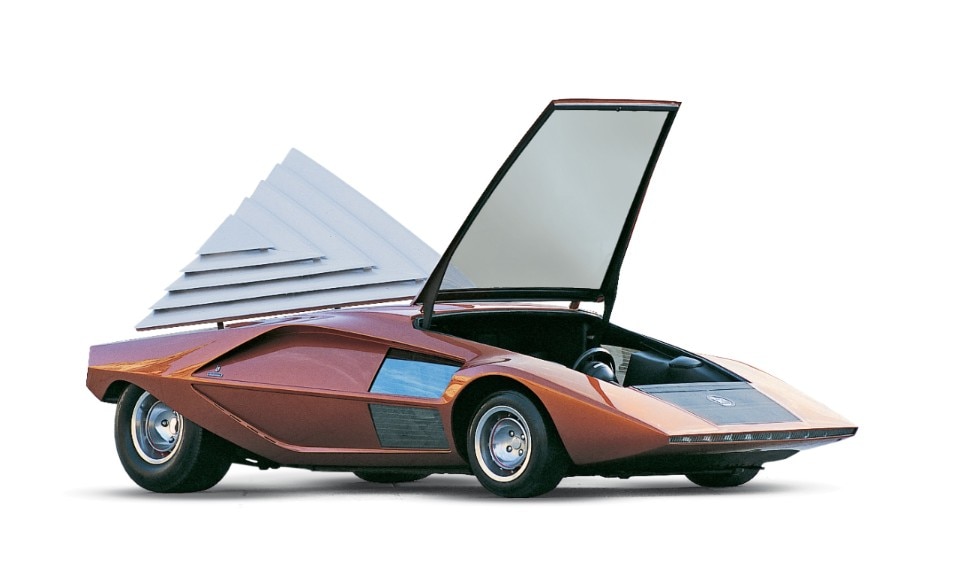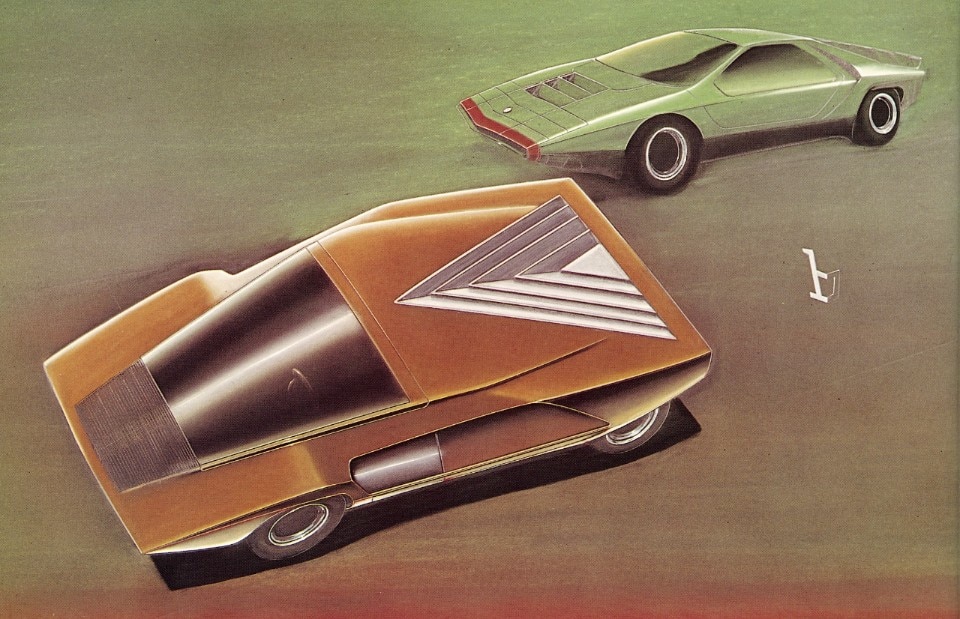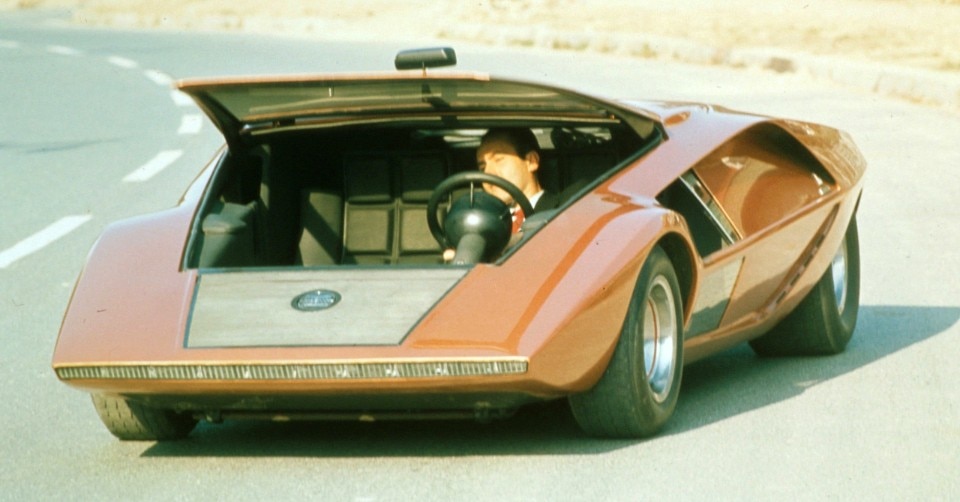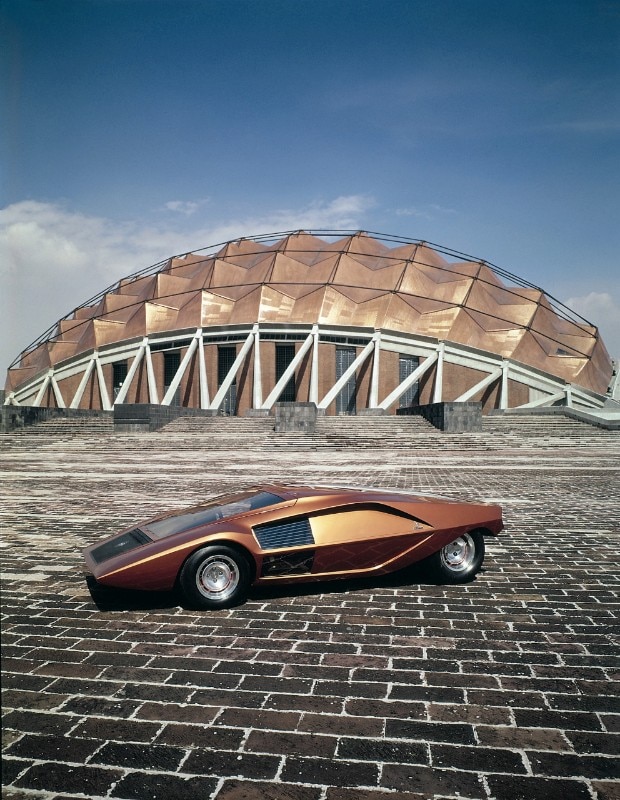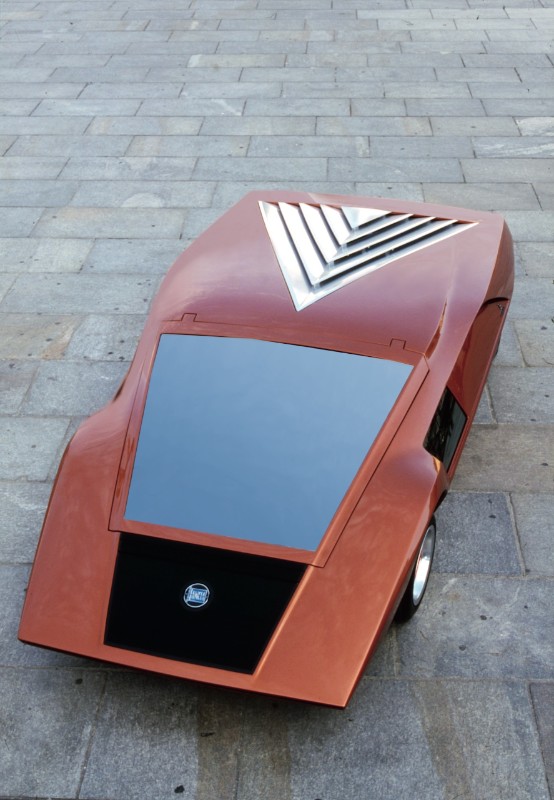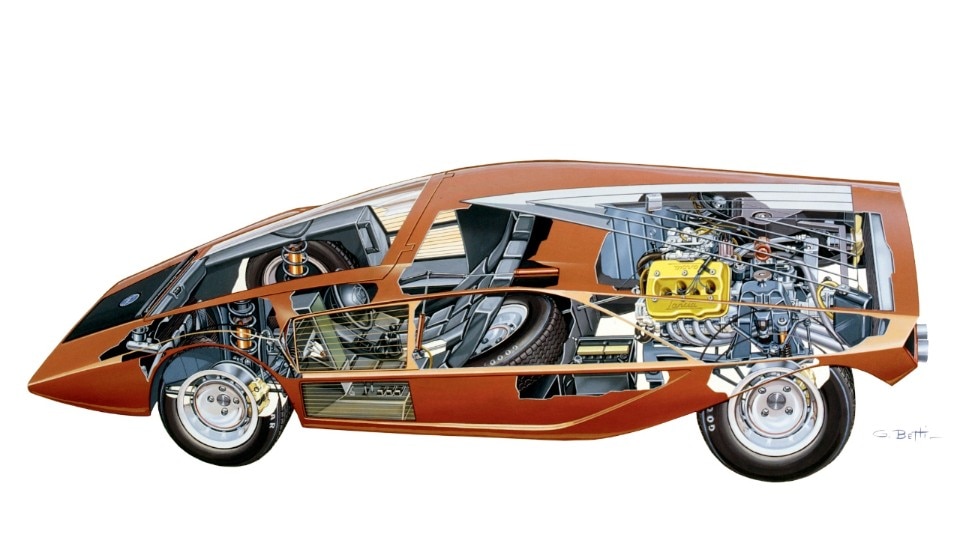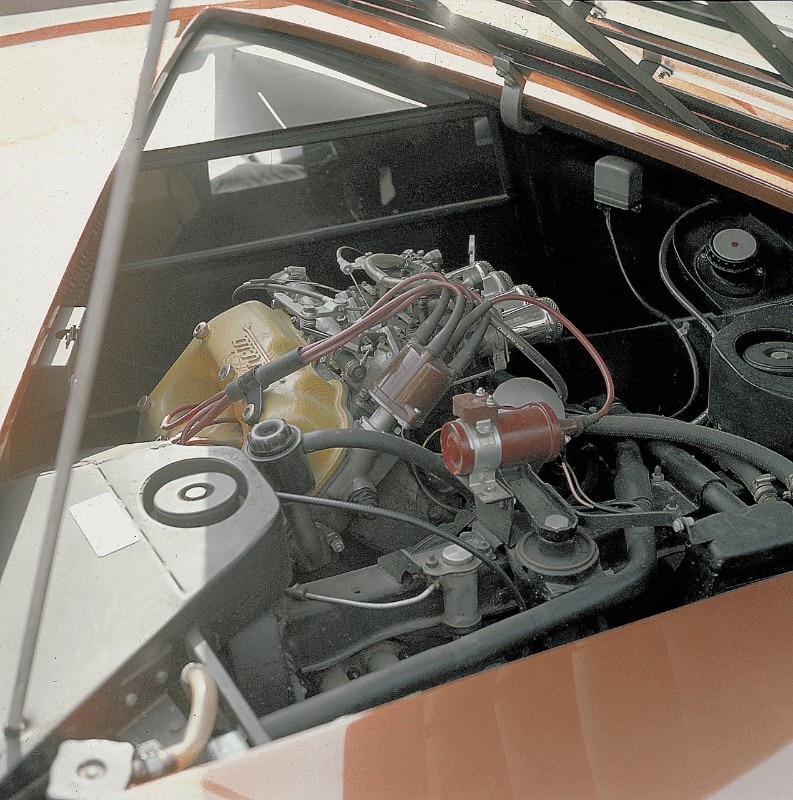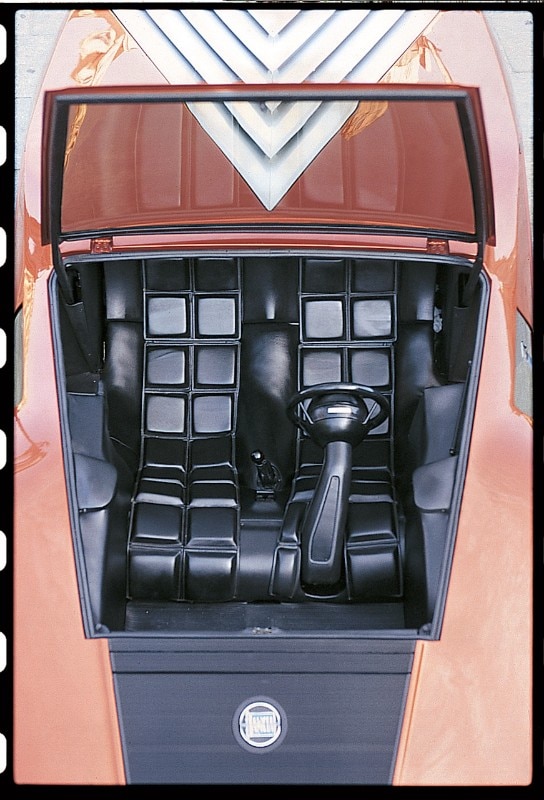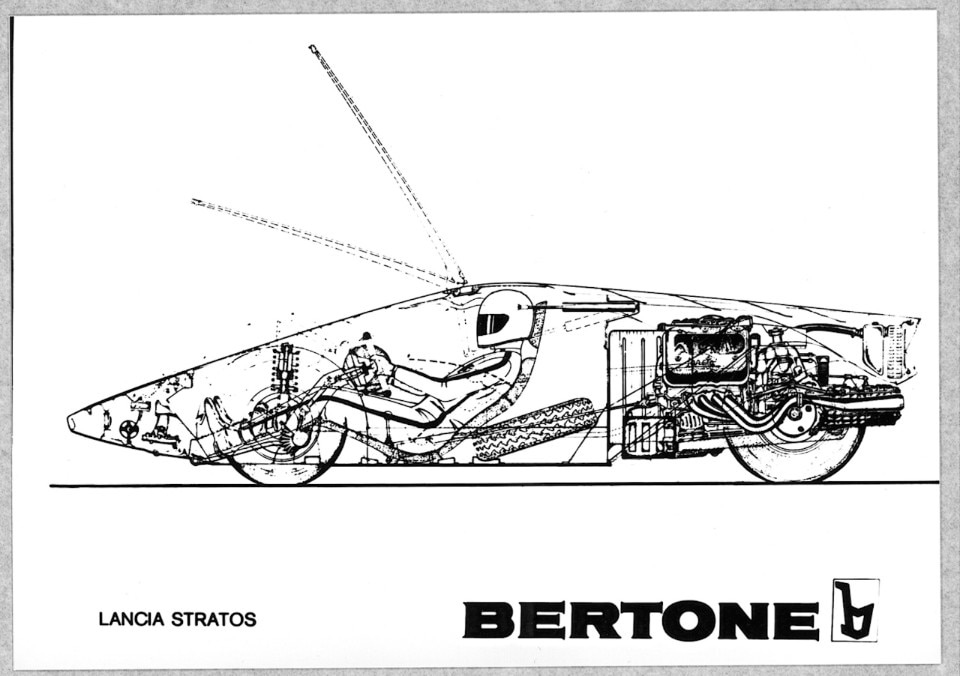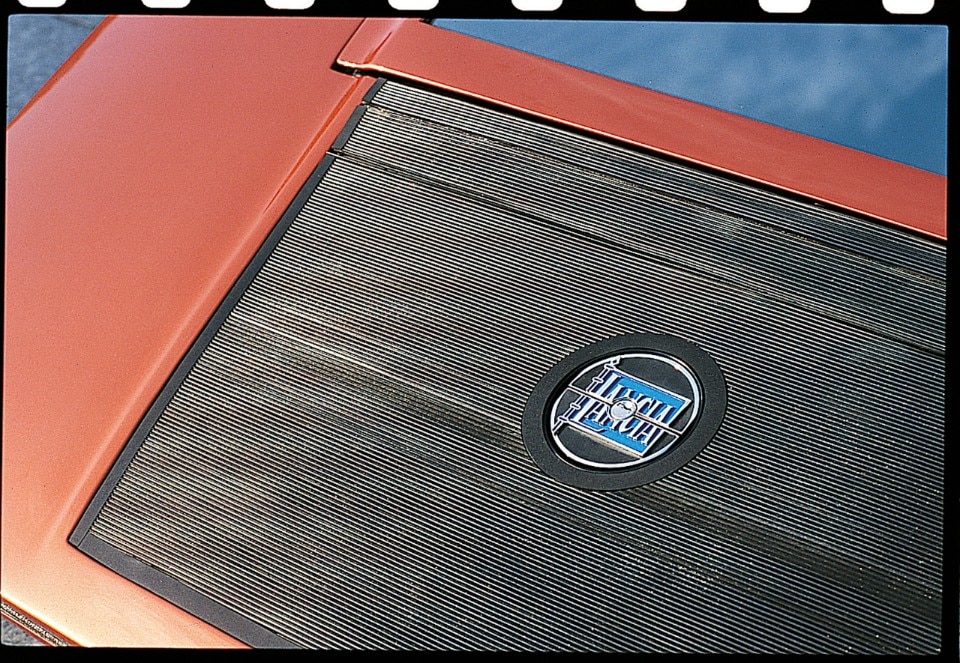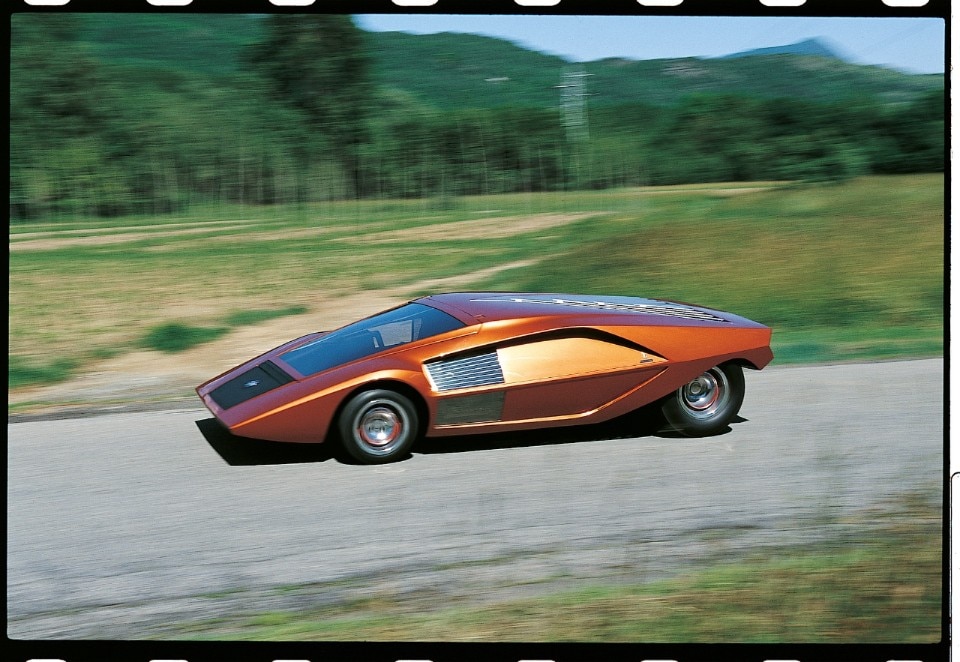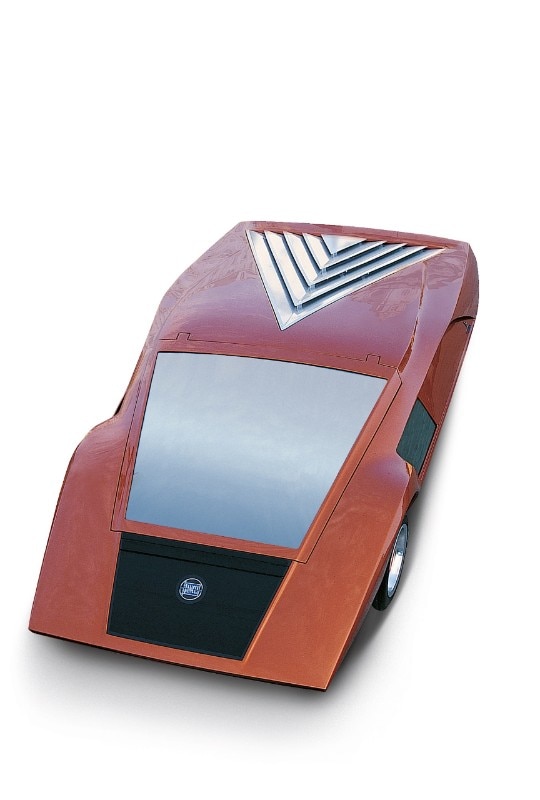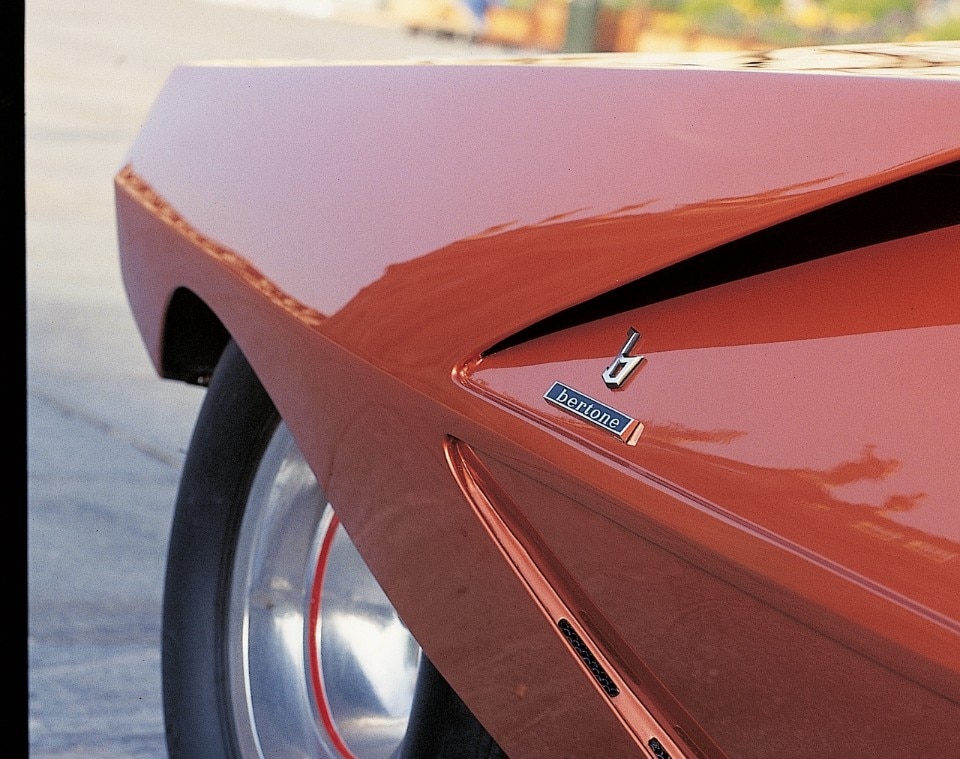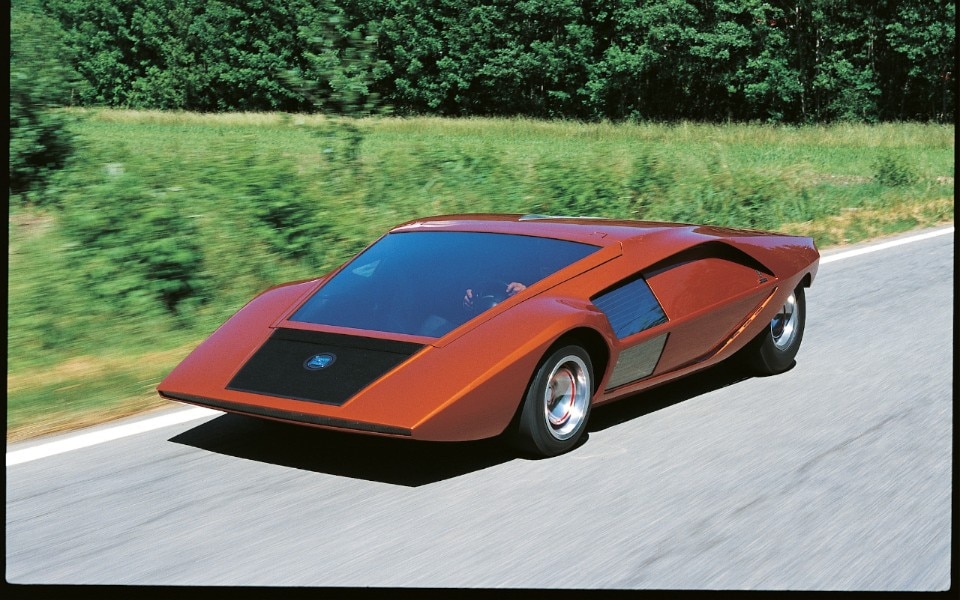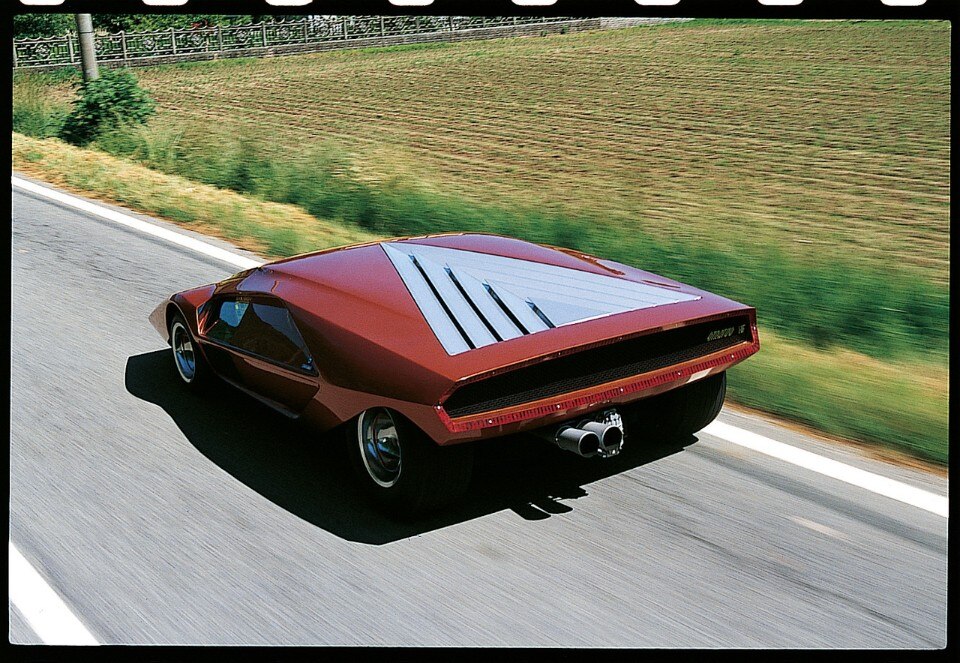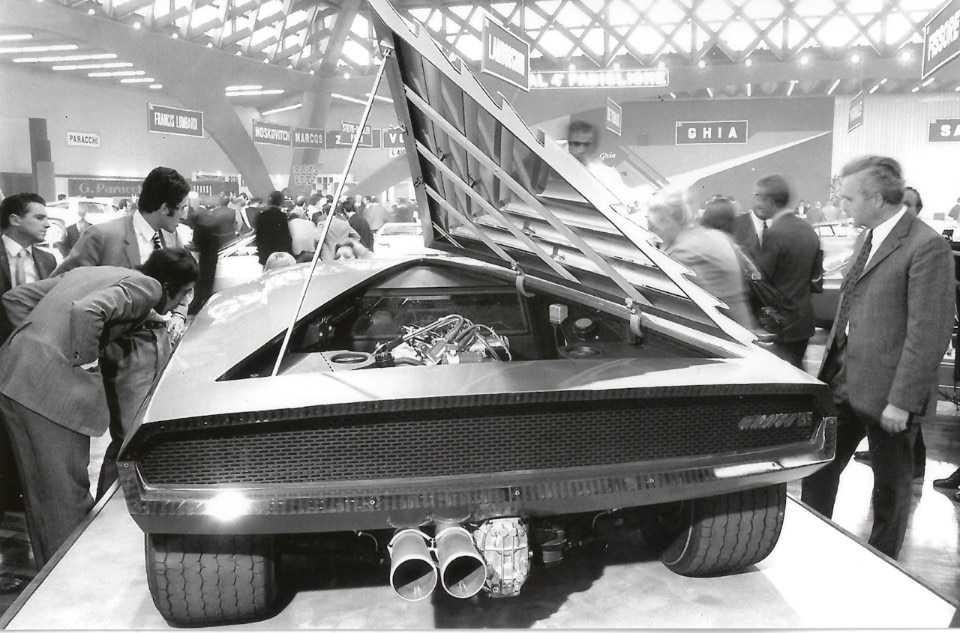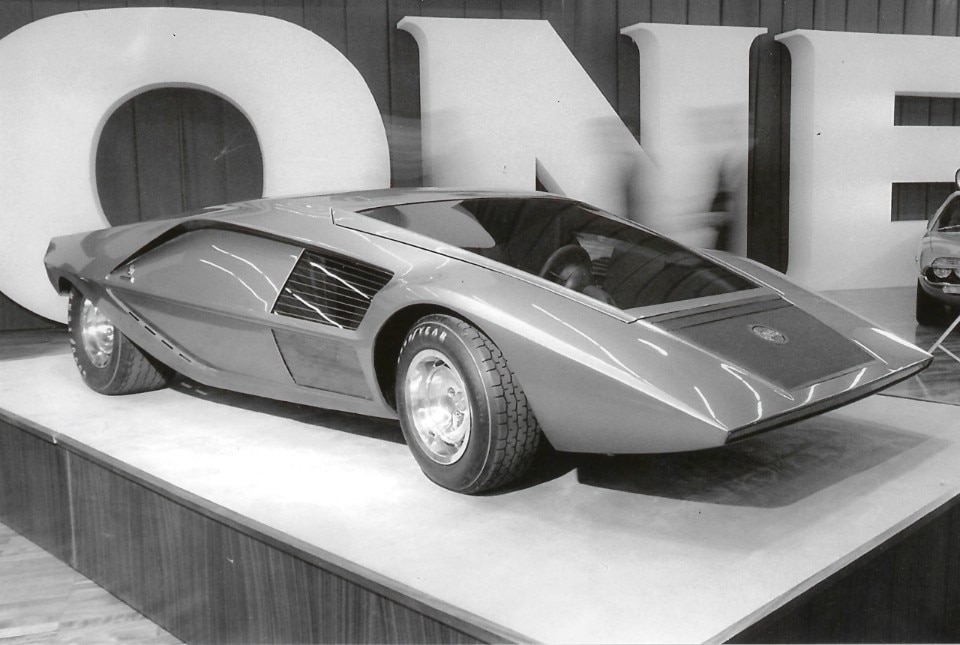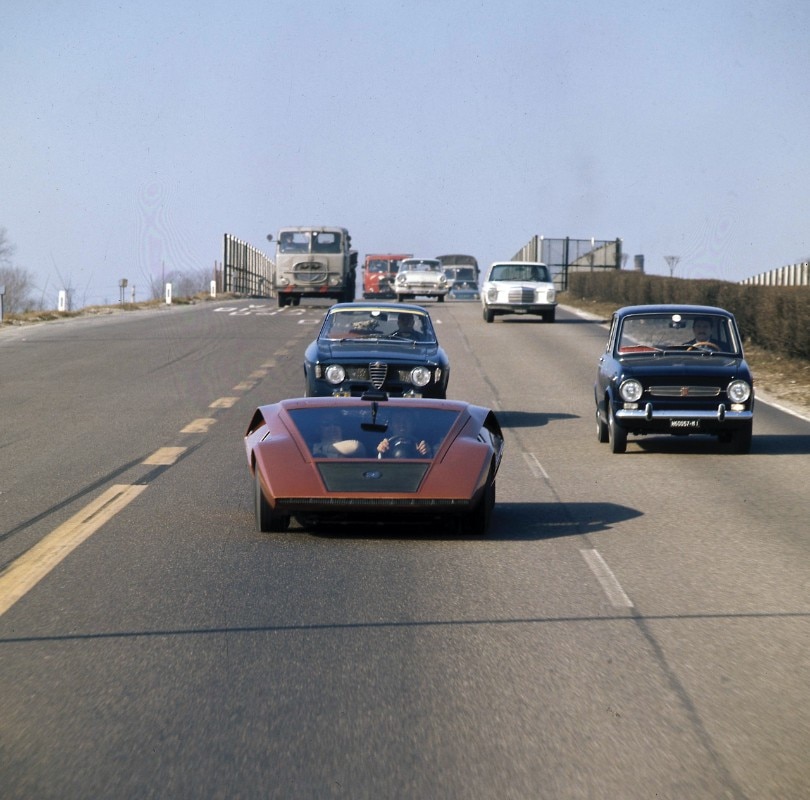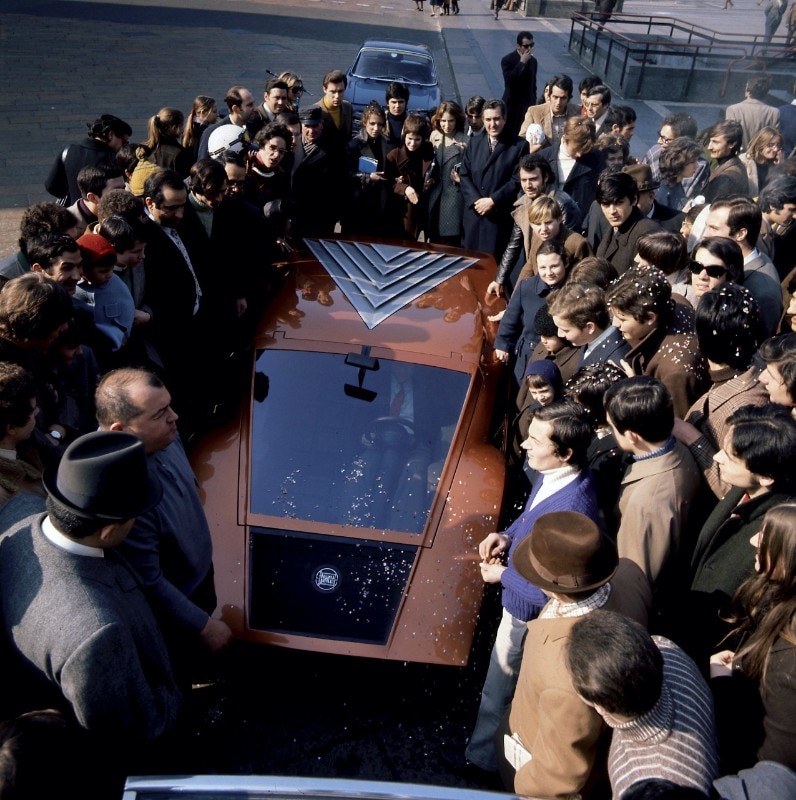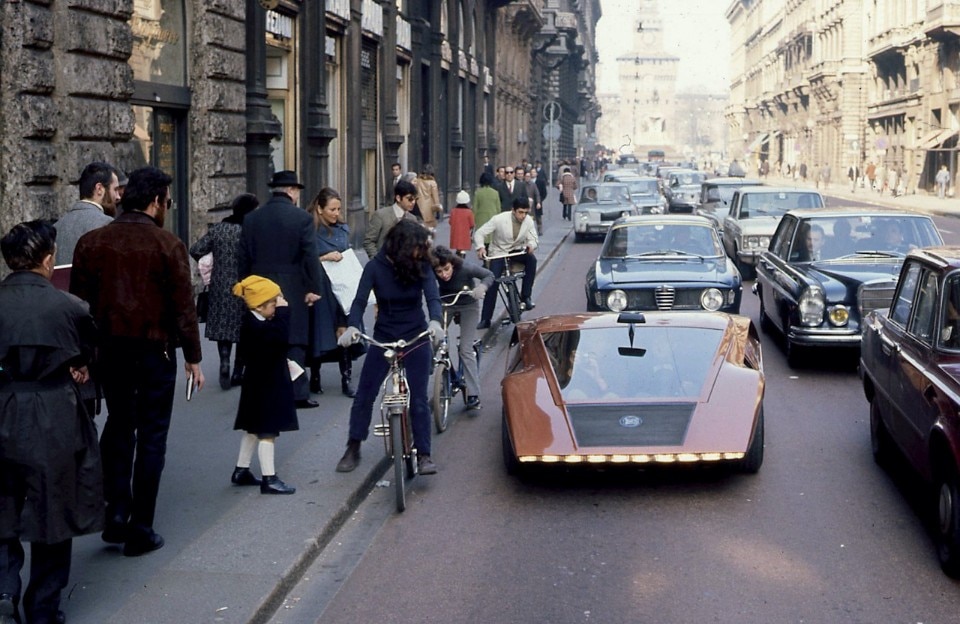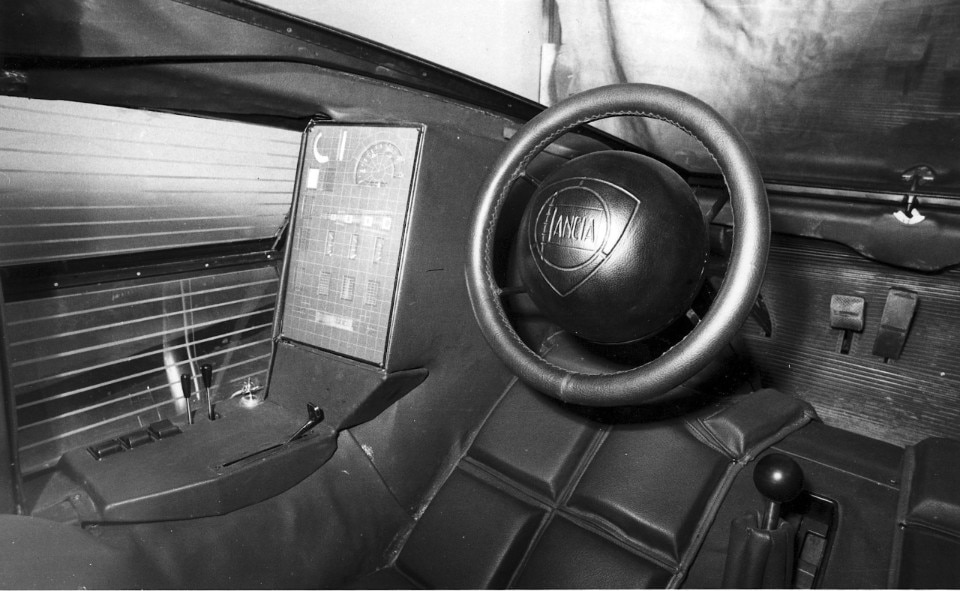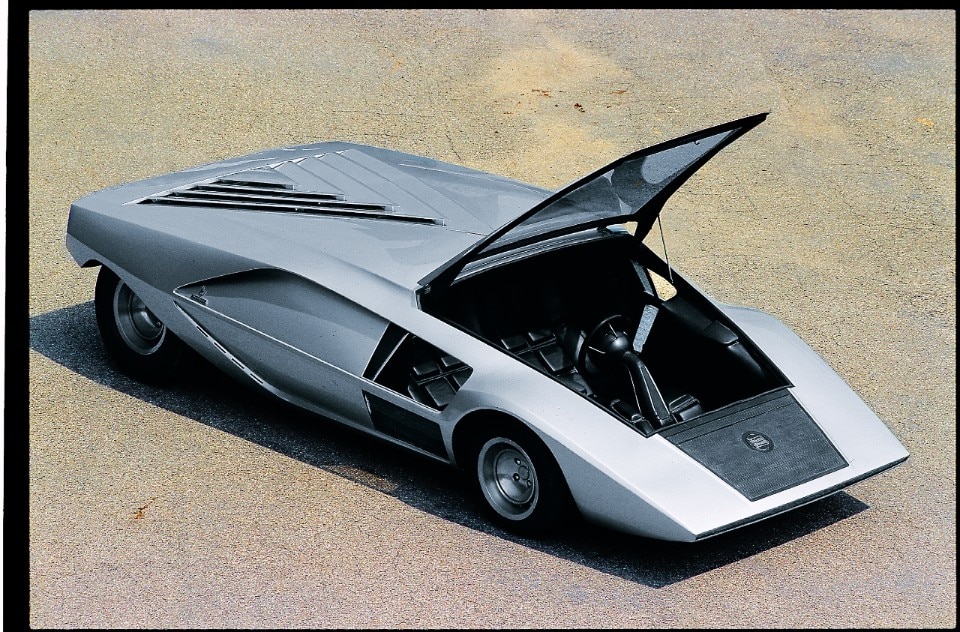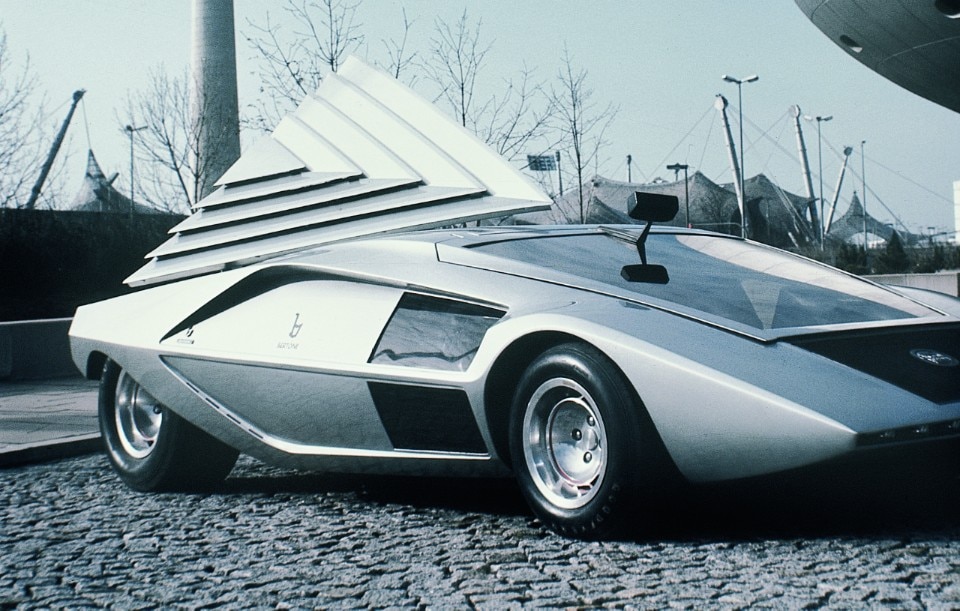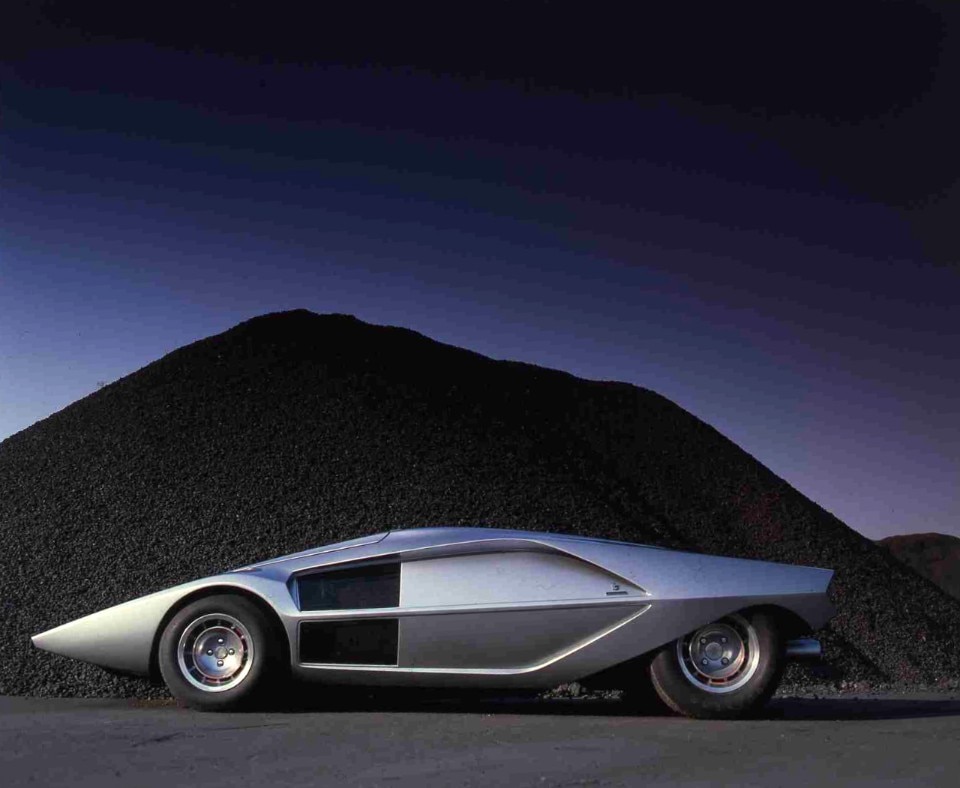In the '70s it was easy to feel like you were living in the future. All you had to do was look at a picture of the Lancia Stratos Zero – or Strato's Zero, as its name was originally spelled –, and you could immediately feel like you were living in the glorious and much awaited 2000s.
The masterpiece designed by Marcello Gandini for the Bertone company was a concept car for the 1970 Turin Auto Show, but it came up again at Villa d’Este in 2011. Despite its unquestionable beauty, the auction on the shores of Lake Como didn’t go as planned: the car was sold for just 61,600 euros, even though it was expected to sell for 2 million euros.
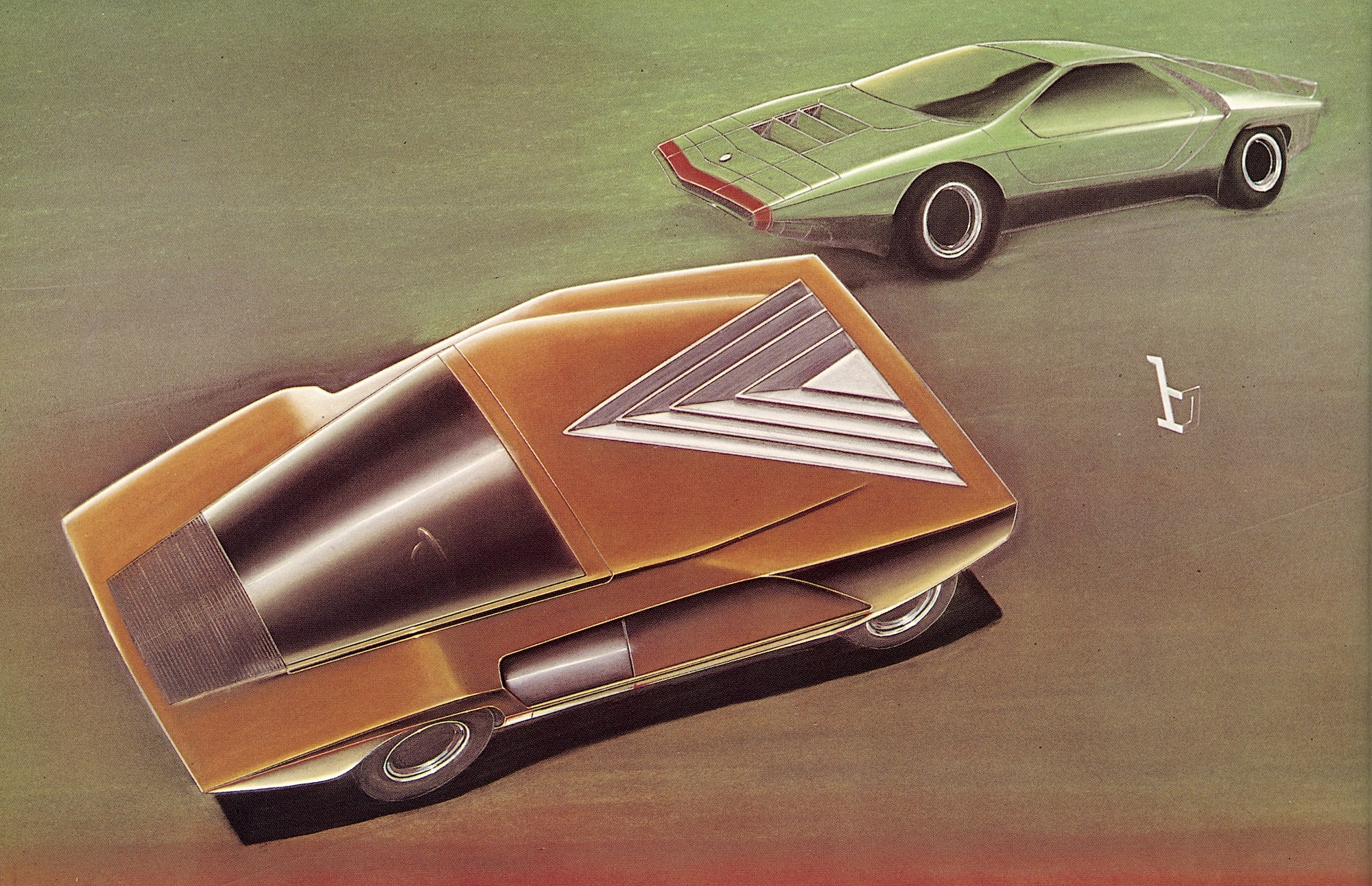
 View gallery
View gallery
It's hard to understand this car when it's locked. To really enjoy it, you have to get close and look for the doors first. That's right: there are no doors. A handle pushes the entire windscreen hatch up, opening it like a hopper window (even from the inside), and moves the steering column forward, allowing driver and passenger to get in. In front of them, a flat instrument panel that looks like a big tablet. In this missile, the line between future and futurity is blurred. The visibility from the inside is very limited: just like on a rocket, you can see the road in front of you, but if you look behind or sideways you can't see a thing.
This iconic wedge-shaped car, which is only 84 cm tall, has quickly become legendary.
Rumor has it that Nuccio Bertone had the car pass underneath the closed entrance barriers of his company's headquarters. Gandini's aim was "to create an object that would attract the attention of visitors and, above all, insiders. The important thing was to make people talk about it". And it happened. The Stratos Zero is so original and futuristic that, even decades later, it still looks projected towards the future.
Two other features stand out as well. Looking at the Stratos from above, you’ll find the triangular engine cover, painted in a silver colour that contrasts with the bronze livery. It was meant to simply direct air towards the radiator, but this stylistic feature is still really appreciated to this day. Then, on the side, you can see the two very small windows near the mudguards. The latter also incorporate the rear-view mirrors, giving further dynamism to a car that seems to be projected forward, not only in time but also in space.
As we were saying, the Stratos Zero is an icon, a missile that paved the way for the final Stratos, but in which you can also recognize the signs of another much more famous work by Gandini: the Lamborghini Countach of 1974. It was featured in countless design books, but its greatest achievement came in 1988, when the Stratos Zero was used in Michael Jackson’s movie, “Moonwalker”. There, it looked like a Batmobile. And even something more than that.


